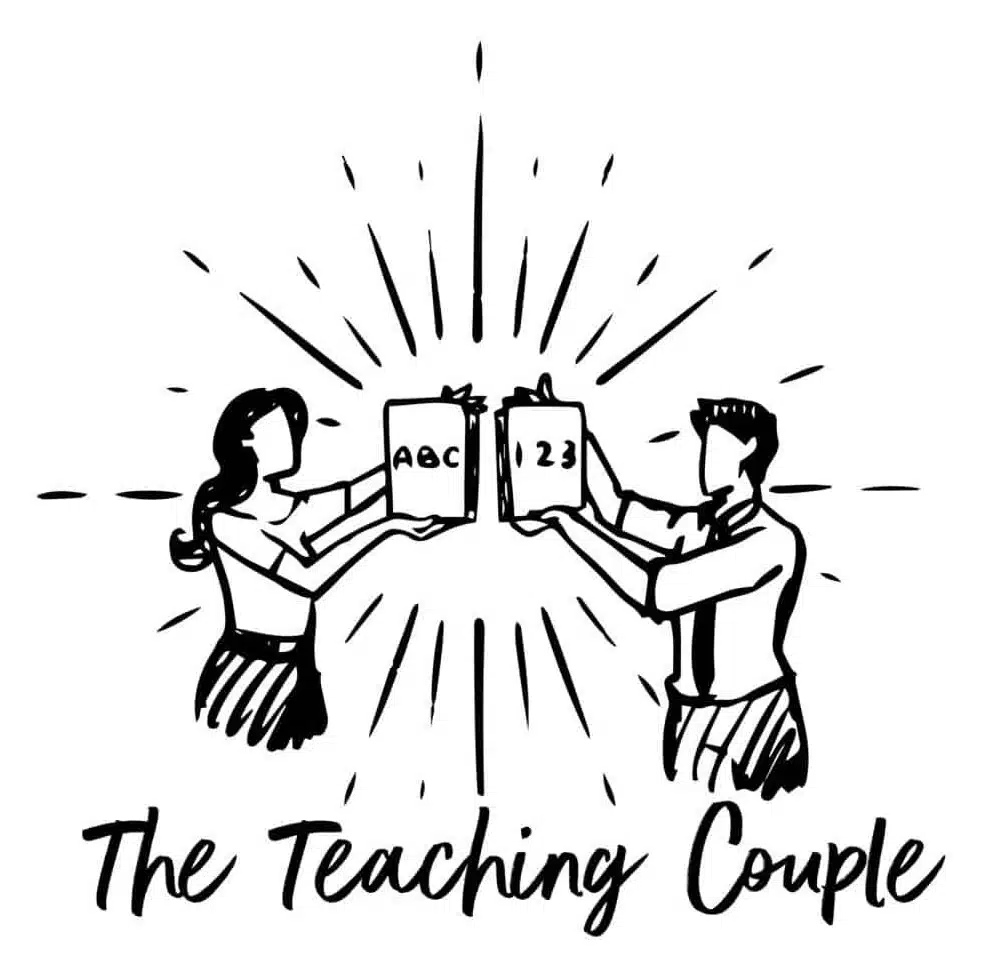Adding Tens Power!
Year 3: Adding Multiples of 10 (No Hundreds Crossing)
Let’s Add Some Tens!
Time to practice adding multiples of 10 (like 20, 30, or 50) to 3-digit numbers. Make sure your answer doesn’t cross into the next hundred! You can do this!
Practice Adding Multiples of 10!
Add the numbers. The hundreds digit will stay the same!
Tens Power-Up! Adding Groups of 10 to Big Numbers!
Hi Maths Adventurers! Today, we’re going on a “tens” adventure. We’ll learn how to mentally add multiples of 10 (like 20, 30, 40, or 50) to bigger 3-digit numbers. The super cool part is that for these sums, we won’t need to cross over into the next hundred! It’s all about making the tens place bigger. Let’s try something like 325 plus 40!
How to Add Multiples of 10 (e.g., 325 + 40)
When we add a multiple of 10 (like 20, 30, 40, 50, etc.), we are mainly changing the tens digit in our 3-digit number. The hundreds digit stays the same, and often the ones digit does too!
Let’s look at 325 + 40:
- Our starting number is 325. This has 3 hundreds, 2 tens, and 5 ones.
- We want to add 40. That’s the same as 4 tens.
- So, we need to add 4 tens to the 2 tens we already have in 325.
- 2 tens + 4 tens = 6 tens.
- The hundreds digit (3 hundreds) didn’t change!
- The ones digit (5 ones) didn’t change either in this sum!
- So, putting it all together: 3 hundreds, 6 tens, and 5 ones makes 365.
- That means 325 + 40 = 365. You’ve powered up the tens!
Sometimes, if you add many tens, the tens digit might roll over to make a new hundred, but for these problems, we are focusing on when the hundreds digit stays the same.
Your Turn: 18 “Add the Tens” Challenges!
Ready to try it yourself? Here are 18 mental maths questions. In each one, you’ll add a multiple of 10 to a 3-digit number, and the hundreds digit won’t change. Focus on that tens place!
(Your web app with the 18 questions will go here.)
Why is Adding Multiples of 10 a Great Skill?
- Makes Bigger Addition Easier: Understanding this helps you with more complicated sums later on.
- Quick Counting: It’s like counting up quickly in groups of 10!
- Boosts Number Sense: You get really good at seeing how numbers are made up of hundreds, tens, and ones.
- Everyday Maths: Useful for adding scores in games, or if you’re saving up pocket money in amounts of £10 or £20!
Tips for Parents & Teachers
This activity helps children practise mentally adding a multiple of 10 (e.g., 20, 50, 70) to a 3-digit number without the sum crossing into the next hundred (e.g., 325 + 40 = 365; 618 + 50 = 668).
- Focus on Place Value: Reinforce that when adding multiples of ten, it’s the tens digit that is primarily affected. The hundreds and ones often remain unchanged in these specific examples.
- Use a Hundred Square (Initially): Showing jumps of ten on a hundred square can help younger children visualize the process.
- Count On in Tens: Encourage children to “count on” from the 3-digit number in steps of 10. For 325 + 40, they might think “325… 335, 345, 355, 365.”
- Connect to Known Facts: Relate 2 tens + 4 tens to 2 + 4.

